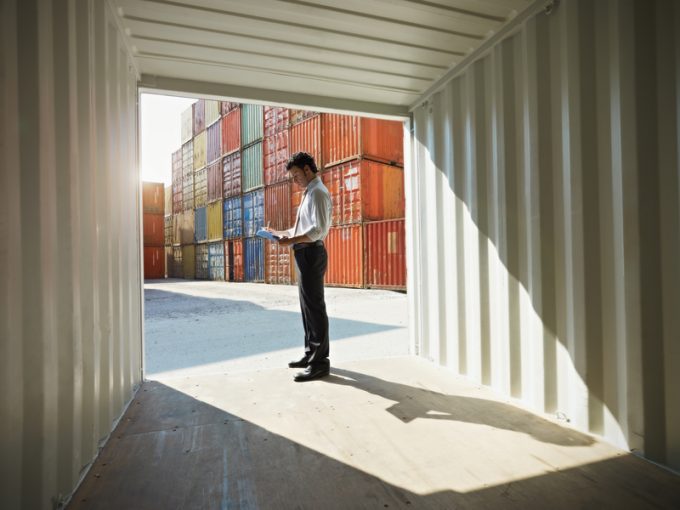Calmer waters for box trades this year as supply:demand ratio evens out
Despite continuing soft container spot rates after the two-week Chinese New Year trade hiatus, ocean carriers ...

After the swingeing downwards revisions made to trade forecasts in our third-quarter 2016 container market outlook, our fourth-quarter report has seen only marginal adjustments. Unfortunately, however, marginal adjustments are utterly insufficient to dig the industry out of the colossal hole it finds itself in.
Trade growth is living down to our expectations, and rather than 2016 being the year where the industry saw some sort of recovery it is now feared that, instead, it marks a new normal where growth in ...
MSC Elsa 3 sinking – now the 'blame game' begins
Crew saved as MSC box ship, hit by 'monsoon' off Indian coast, sinks
After DSV 'cuts the cake' on Schenker acquisition, time for redundancies?
New services and reinstated blanked sailings boost transpacific capacity
Congestion fear as US west coast ports brace for transpacific cargo surge
$2.1bn E2open purchase will 'catapult WiseTech into a different dimension'
Houthis claim Red Sea safe for box ships not calling at port of Haifa
Bad news for shippers as wave of transpacific rate increases continues
Shippers hold their breath as Trump appeals court ruling that tariffs are illegal
No deals with carriers, say Houthis – Red Sea safe for non Israel-affiliated ships
Shippers brace for rate rise as smart phones expected to drive air cargo market
US importers stockpiling goods to avert autumn shortages amid tariff chaos

Comment on this article